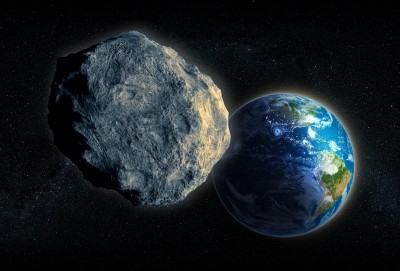Keep your eyes to the sky and your feet on the ground, Friday, May 31, 2013.
Fireballs, asteroids, meteorites, and all kinds of rare and unusual objects have been seen in the skies this year. Here comes another one.
Fireball flashes were seen in the San Francisco Bay area on February 15, 2013 shortly after a meteorite streaked across the sky and exploded over Russia’s Ural Mountains with the power of an atomic bomb. More big meteors were seen around the world on February 20, 2013. On May 3, 2013, a large, planet-like object was spotted on the horizon off Antarctica.
Ask any astronaut, and they’ll tell you that space is jam-packed with a plethora of noises, lights, and fast-moving objects of all shapes and sizes. There is a BIG world outside our little atmosphere, and we should not be surprised when one or two objects get a bit too close.
1998 QE2
Scientists do not know the origin of 1998 QE2, but it is estimated to be about 2 miles of solid rock. It is of little interest to many scientists, however, because it poses little to no danger to the Earth … yet that may not always be the case. Never take anything for granted. QE2 could disturb our planet just enough to cause an increase in earthquakes or volcanic eruptions. Hey, if you are riding in a VW bug with the top down and an 18-wheeler passes just a little too close, you’ll feel it.
QE2 will get no closer than about 3.6 million miles (5.8 million km), but we don’t know what else might be caught in its path, dragged along with it, or might be following close behind. It’s times like these that make you marvel at how lucky we are to have little to no damaging impacts from space objects hitting our planet.
Look to the skies on May 31 and maybe you’ll see a little bit of space history.

